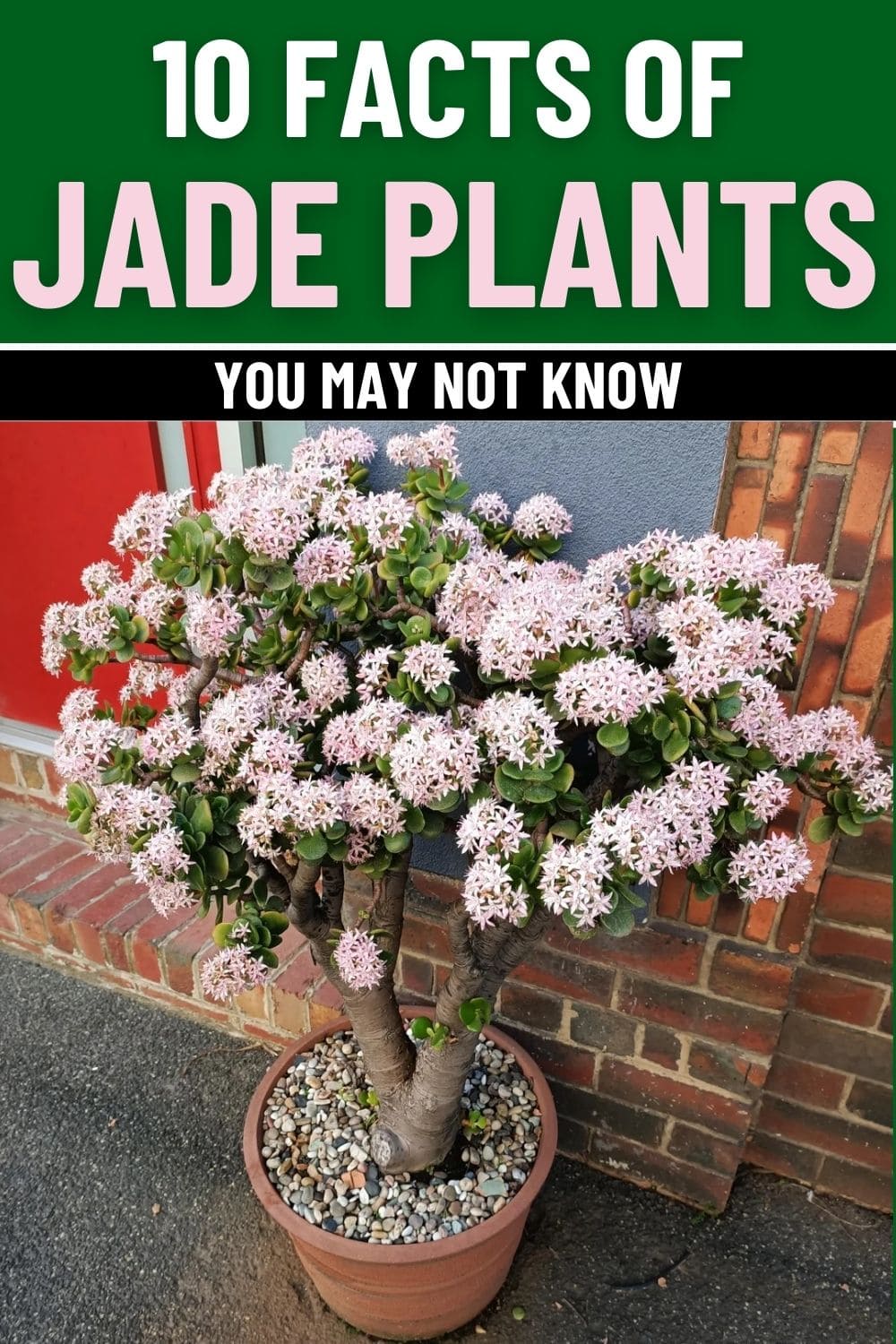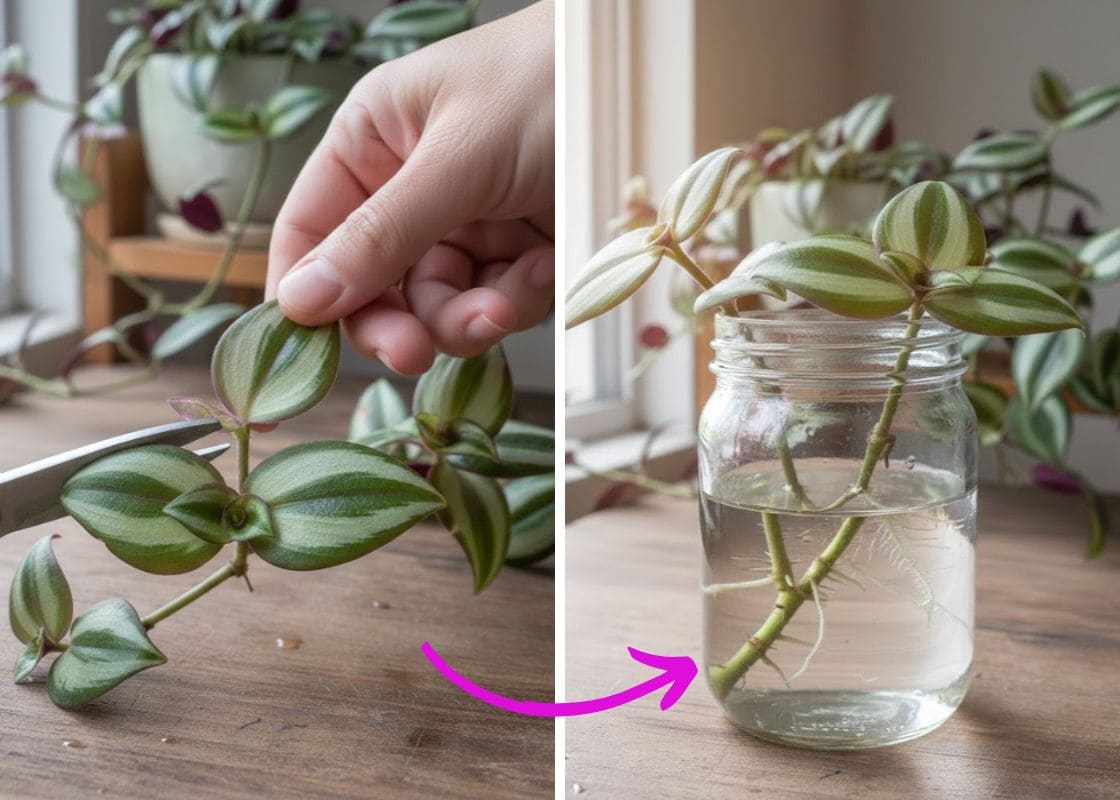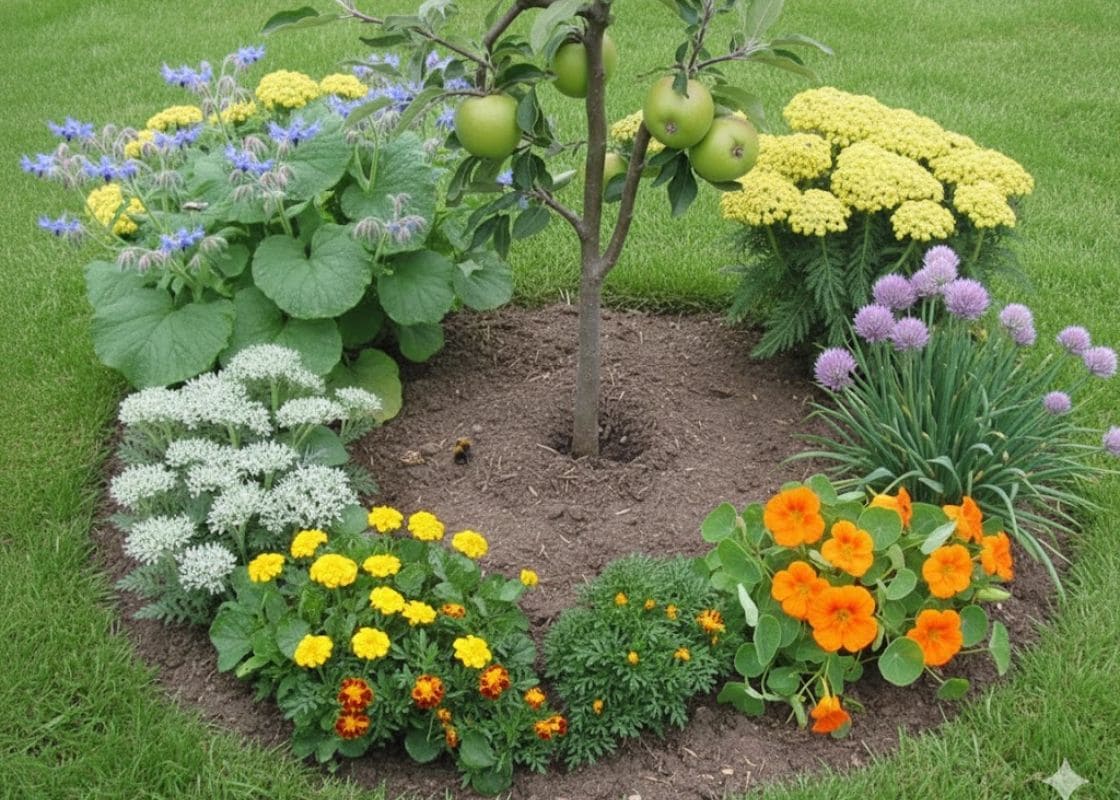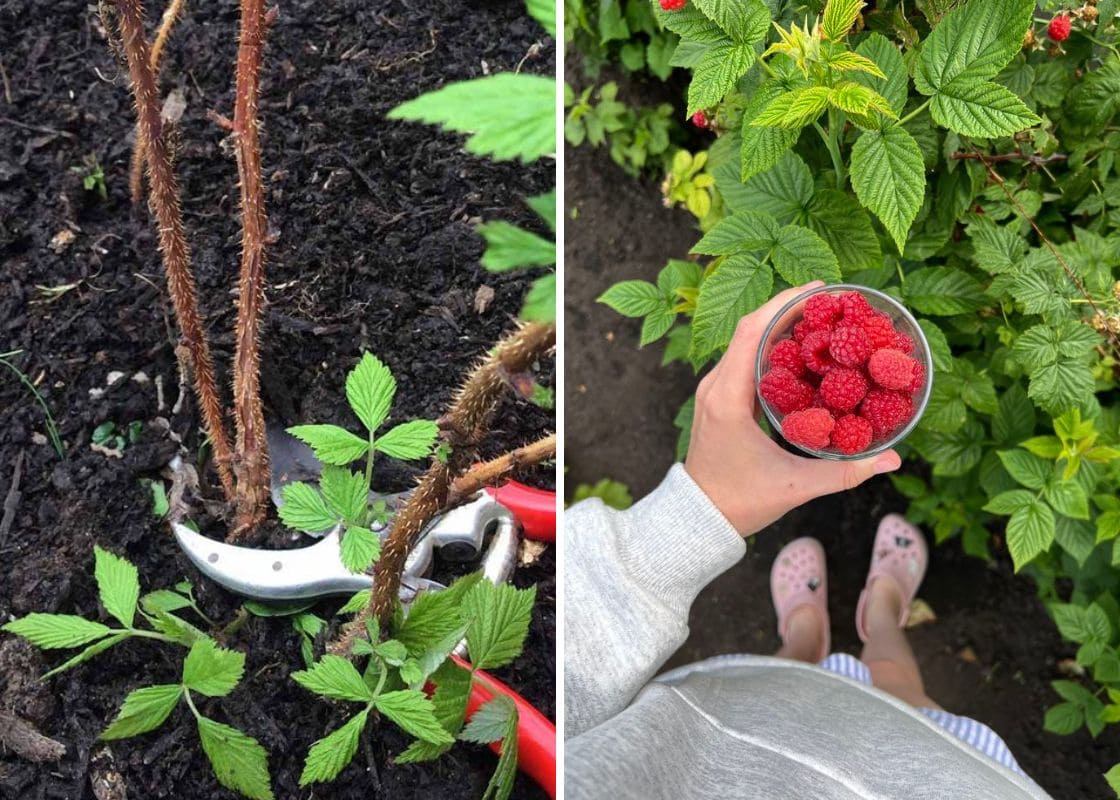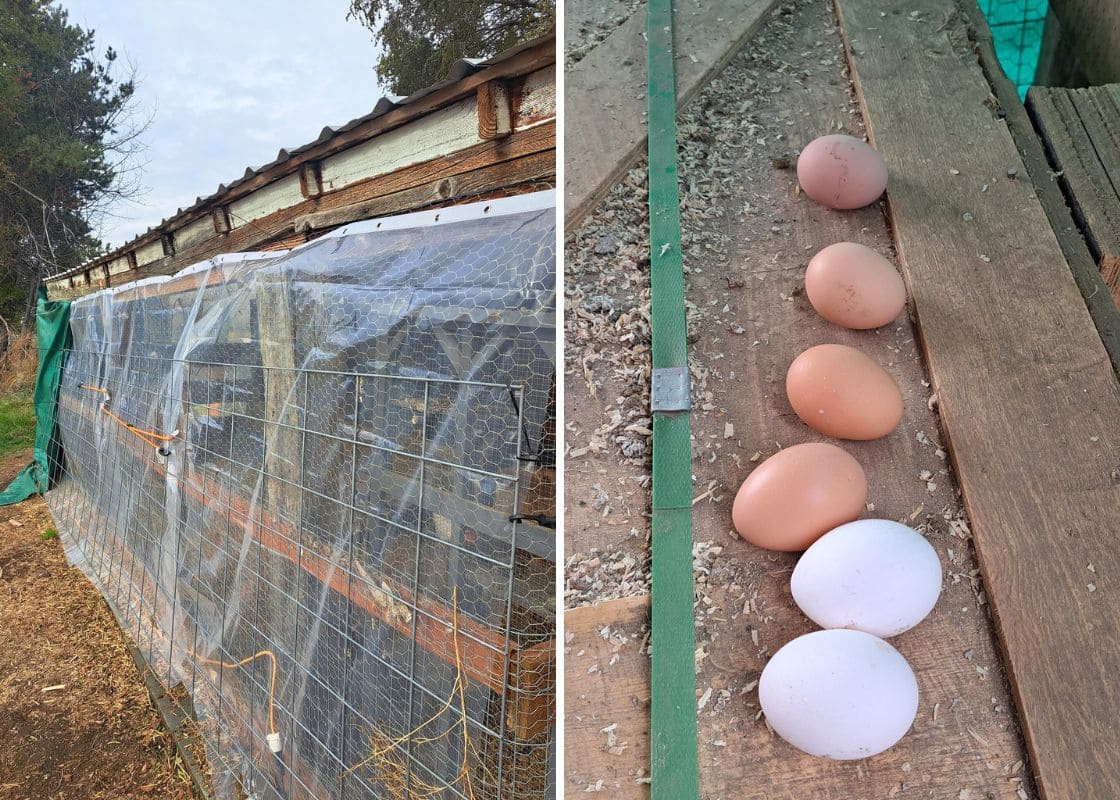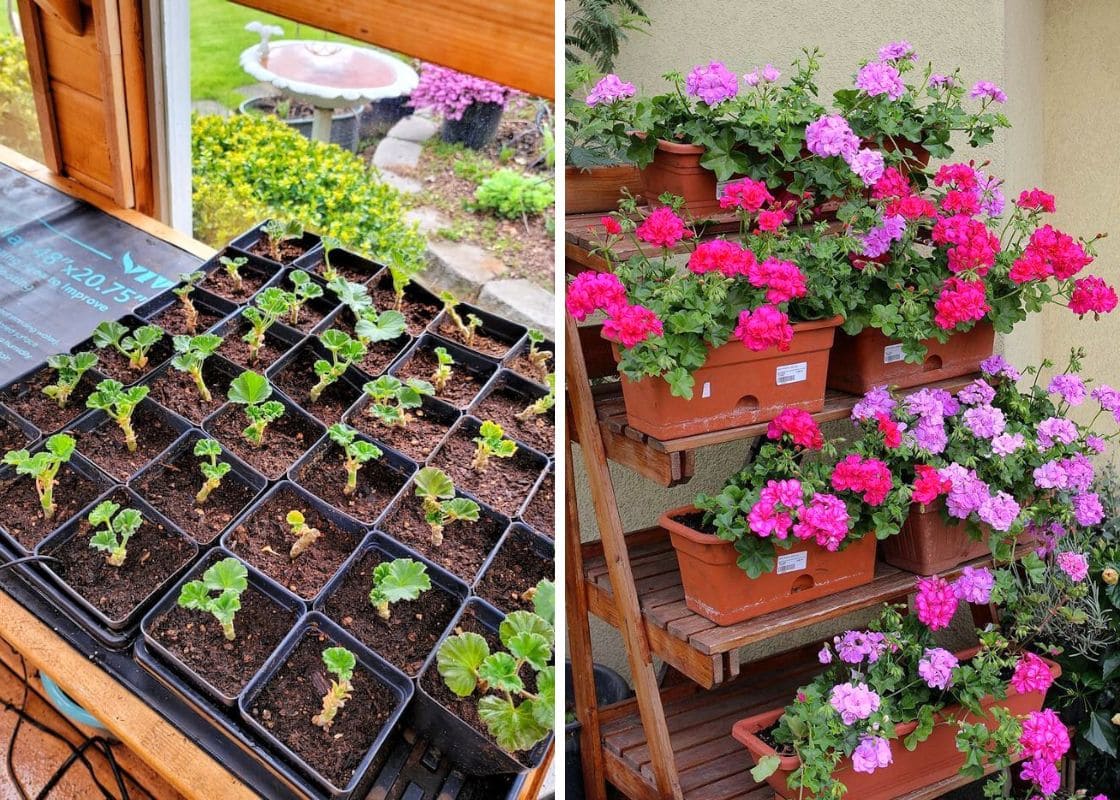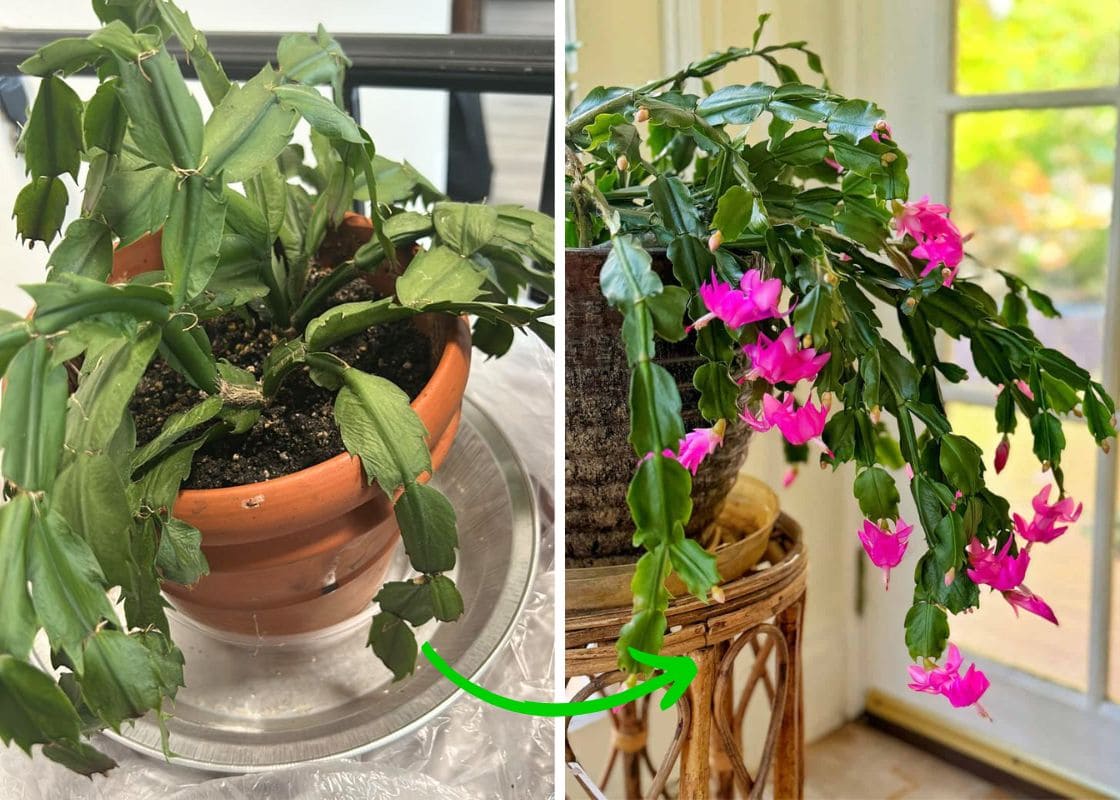The jade plant (Crassula ovata) is one of those houseplants almost everyone recognizes.
It has thick, glossy leaves, sturdy branches, and an easygoing nature that makes it a favorite for beginners.
But beyond its reputation as a low-maintenance succulent, jade plants hide a lot of secrets.
They can live for generations, bloom in winter under the right conditions, and even be trained as bonsai trees. Once you know these details, you’ll see your jade with fresh eyes.
1. Jade Plants Can Live for Generations
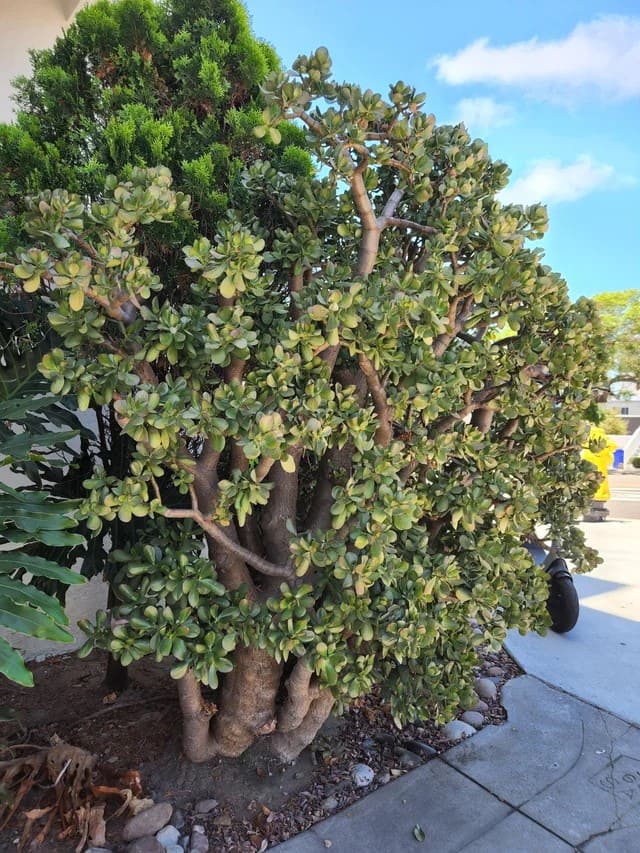
This isn’t a short-lived houseplant. A jade plant can easily live for 50-100 years if given the right care.
Over time, the trunk thickens, branches spread, and the plant takes on a tree-like presence.
Many families pass them down as heirlooms, making them more than just décor, they become living history.
When you water and prune your jade, you may be caring for something that will outlast you and continue to thrive in someone else’s home.
2. Jade Plant Blooming Indoors Is Possible
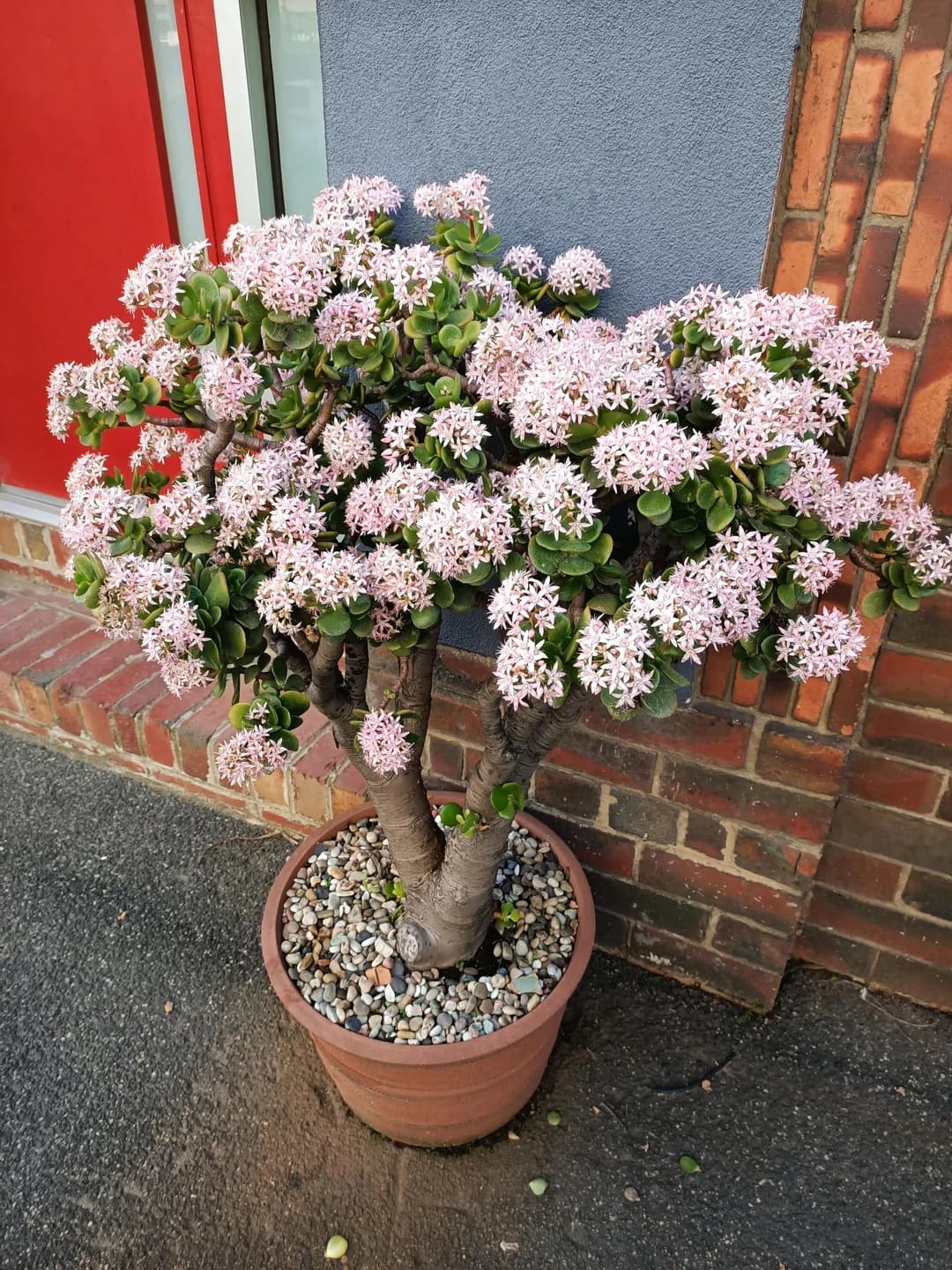
Most people never see their jade plant flower, but it can happen.
In winter, mature jades sometimes produce clusters of delicate star-shaped blossoms, white or pale pink.
To encourage blooming indoors, mimic its natural cycle: cooler nights (around 50-55°F), less water, and bright sunlight.
This combination signals to the plant that the dry season has passed, nudging it to bloom.
While it takes patience, the reward of seeing flowers on your jade makes it unforgettable.
3. Sunlight Can Change Jade Plant Leaf Color
Jade leaves are usually a vibrant green, but strong sunlight can transform them. Edges may blush red or bronze, creating a striking contrast.
This isn’t damage, it’s the plant’s natural sunscreen, protecting against excess rays.
If you want this colorful look, place your jade near a bright east- or south-facing window, but avoid prolonged harsh afternoon sun, which can cause burns.
4. Jade Plant Leaves Store Water Like Tanks
As a succulent, jade plants evolved to survive drought. Their plump leaves act as storage units, holding water for weeks.
This adaptation explains why overwatering is more dangerous than underwatering.
Firm, full leaves mean your plant is well-hydrated. If they start wrinkling or softening, it’s time for a drink.
Understanding this trait helps you trust the plant’s natural rhythm instead of watering on a strict schedule.
5. Jade Plant Propagation Is Incredibly Easy
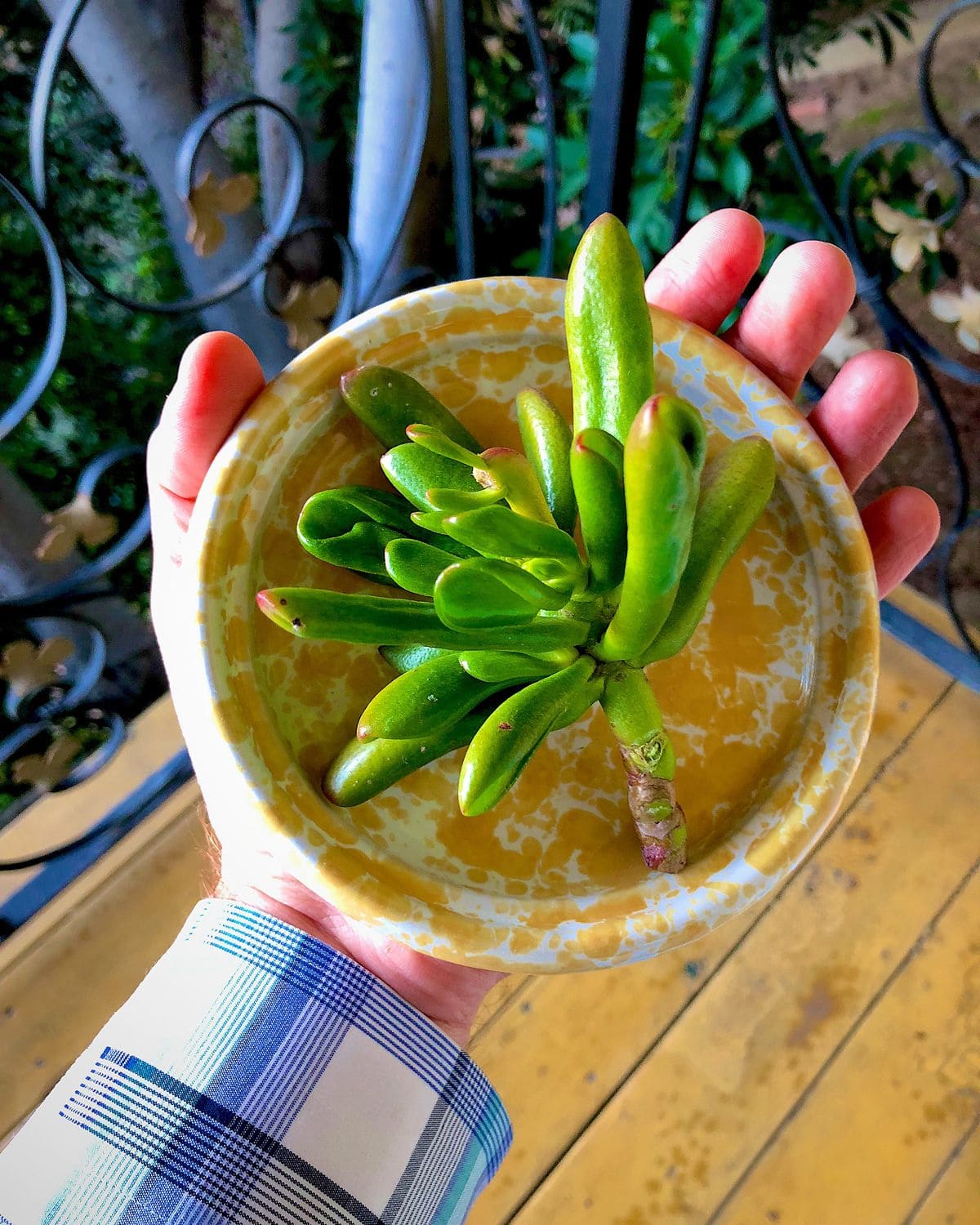
One of the joys of jade plants is how simple they are to multiply.
Snip off a stem or even a single healthy leaf, let it callus for a day or two, and then press it into soil. With patience, roots will form and a new plant will begin.
Because they’re so easy to propagate, jades are often shared among friends and family, tying beautifully into their symbolism of friendship, abundance, and prosperity.
6. Jade Plant Symbolism: Prosperity and Good Luck
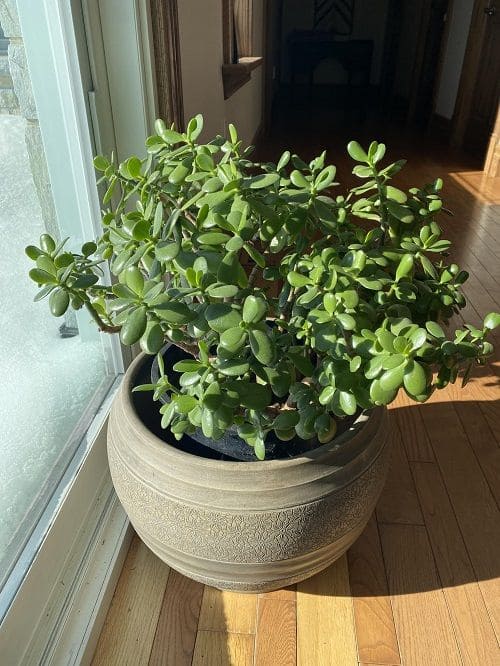
In Feng Shui and in many cultures, jade plants are known as money plants or friendship trees.
They’re said to attract abundance, positive energy, and good fortune, especially when placed near a home’s entrance or in a business space.
While there’s no science behind the superstition, the symbolism has made them popular gifts for housewarmings or new ventures.
Even if luck isn’t guaranteed, the thoughtfulness behind the gesture always shines through.
7. Are Jade Plants Toxic to Pets? Yes.
As charming as jade plants are, they’re not pet-friendly.
If cats or dogs chew the leaves, they may suffer from vomiting, lethargy, or coordination issues.
It’s important to keep jades out of reach of curious pets, either on high shelves or in rooms they can’t access.
Many plant lovers have learned this the hard way, so it’s best to treat your jade as a “look but don’t touch” plant in households with furry companions.
8. Jade Plants Can Be Trained as Bonsai
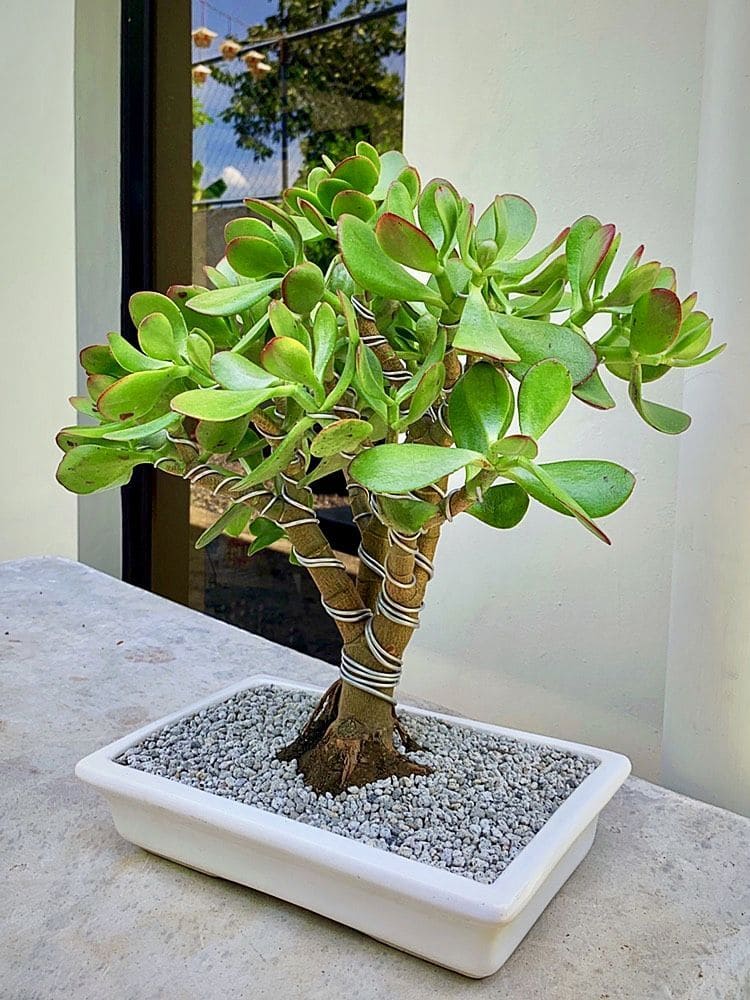
Their thick trunks, small oval leaves, and branching growth habit make jade plants natural candidates for bonsai.
With pruning and shaping, they can be coaxed into looking like miniature trees.
Unlike traditional bonsai trees, which often require years of precise training and special care, jades are forgiving and respond well to gentle shaping.
9. Jade Plants Like a Cool Rest Period
Jades may love the sun, but they also appreciate a seasonal cool-down.
In fall and winter, allowing night temperatures to drop to around 50-55°F helps mimic their natural South African environment.
This rest period not only conserves the plant’s energy but also encourages blooming.
If your jade has never flowered, giving it this cool season might be the missing piece.
10. Jade Plants Are Native to Southern Africa
It’s easy to forget that jade plants aren’t just decorative, they’re survivors from the rocky hills of South Africa and Mozambique.
Their native environment explains why they thrive in well-draining soil, tolerate drought, and respond beautifully to sunlight.
By recreating these natural conditions indoors like bright light, occasional water, and sandy soil, you’re simply honoring the way they’ve grown for centuries in the wild.
